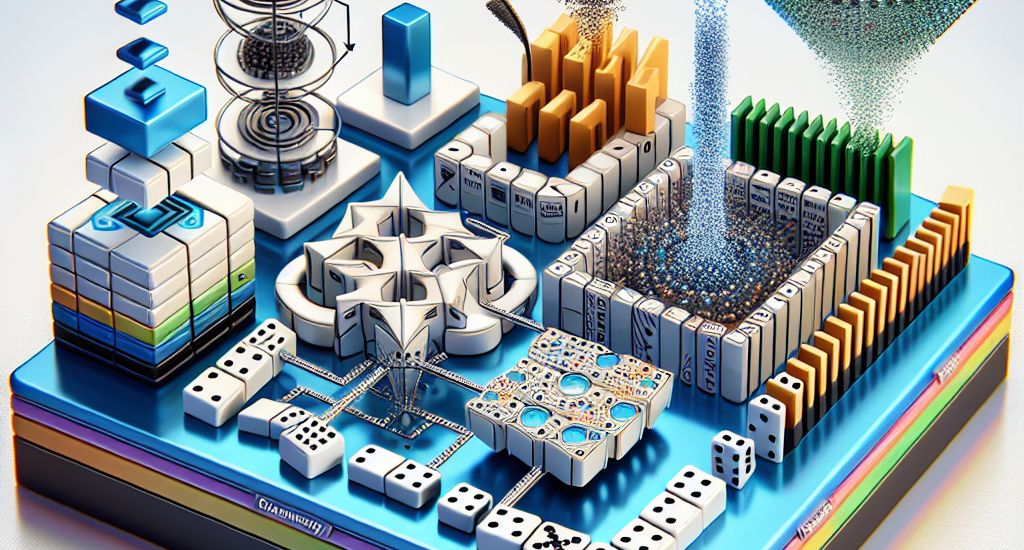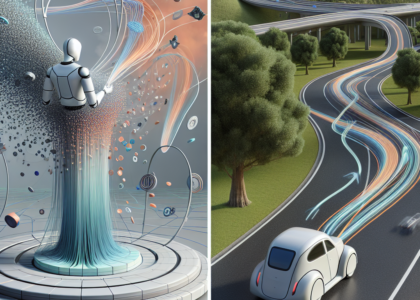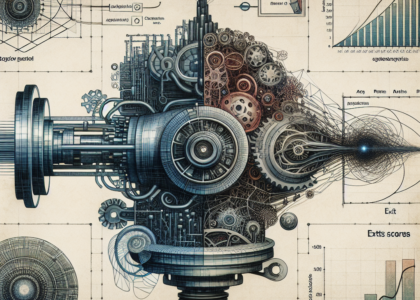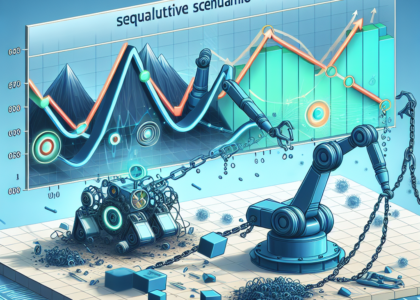Authors: Ziming Liu, Yizhou Liu, Eric J. Michaud, Jeff Gore, Max Tegmark
Abstract: We aim to understand physics of skill learning, i.e., how skills are learned
in neural networks during training. We start by observing the Domino effect,
i.e., skills are learned sequentially, and notably, some skills kick off
learning right after others complete learning, similar to the sequential fall
of domino cards. To understand the Domino effect and relevant behaviors of
skill learning, we take physicists’ approach of abstraction and simplification.
We propose three models with varying complexities — the Geometry model, the
Resource model, and the Domino model, trading between reality and simplicity.
The Domino effect can be reproduced in the Geometry model, whose resource
interpretation inspires the Resource model, which can be further simplified to
the Domino model. These models present different levels of abstraction and
simplification; each is useful to study some aspects of skill learning. The
Geometry model provides interesting insights into neural scaling laws and
optimizers; the Resource model sheds light on the learning dynamics of
compositional tasks; the Domino model reveals the benefits of modularity. These
models are not only conceptually interesting — e.g., we show how Chinchilla
scaling laws can emerge from the Geometry model, but also are useful in
practice by inspiring algorithmic development — e.g., we show how simple
algorithmic changes, motivated by these toy models, can speed up the training
of deep learning models.
Source: http://arxiv.org/abs/2501.12391v1





